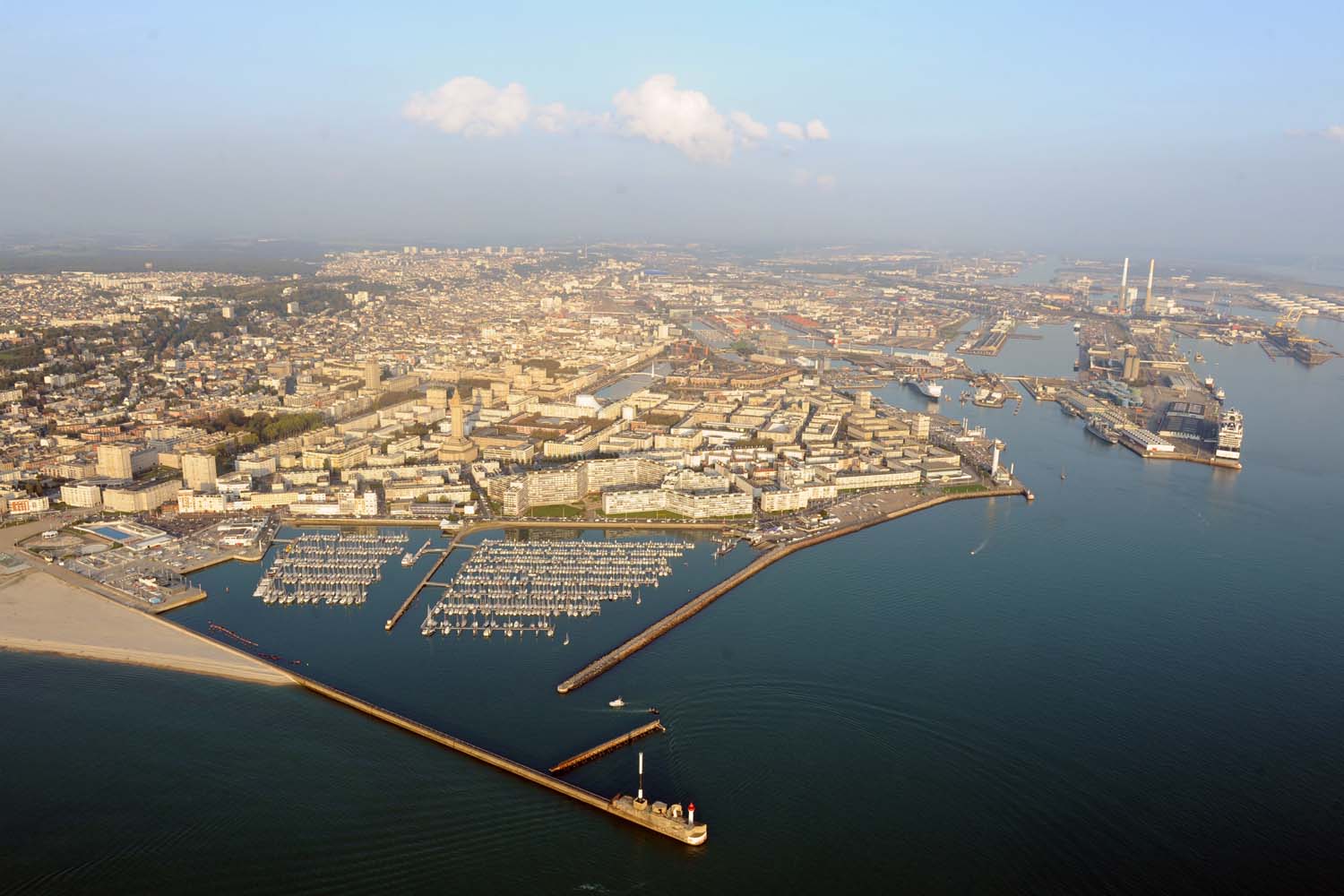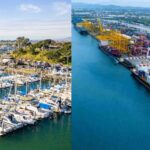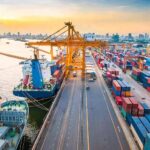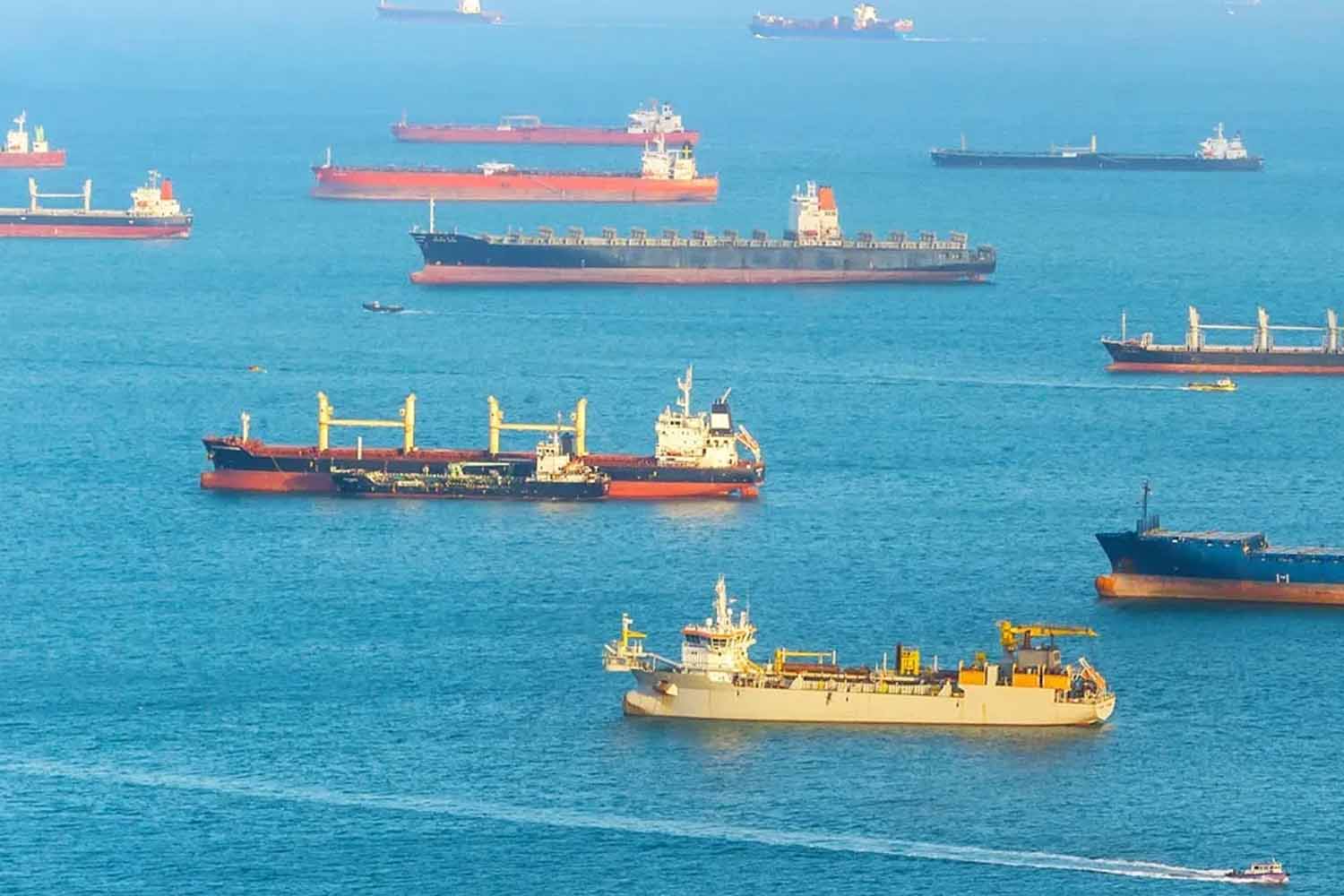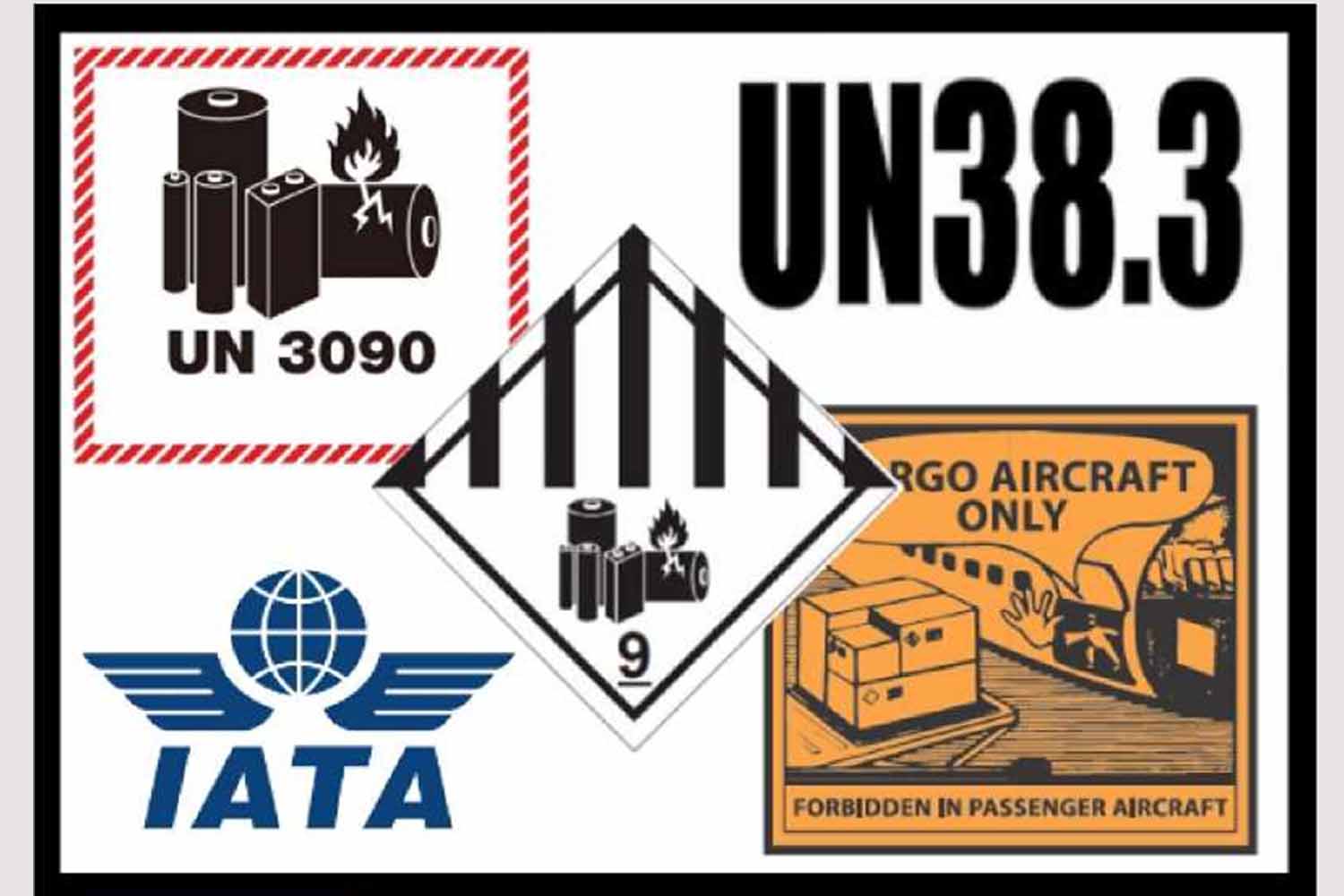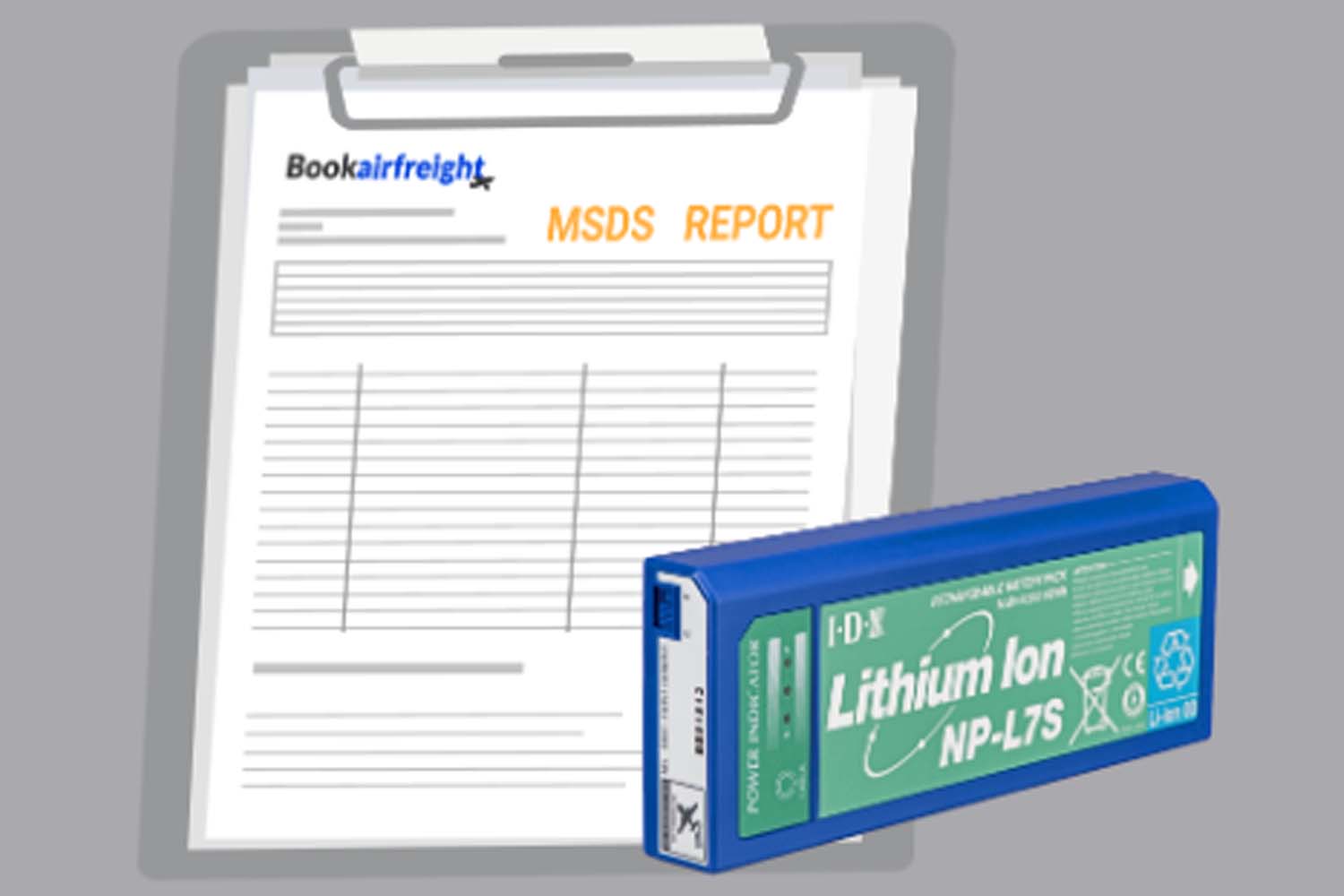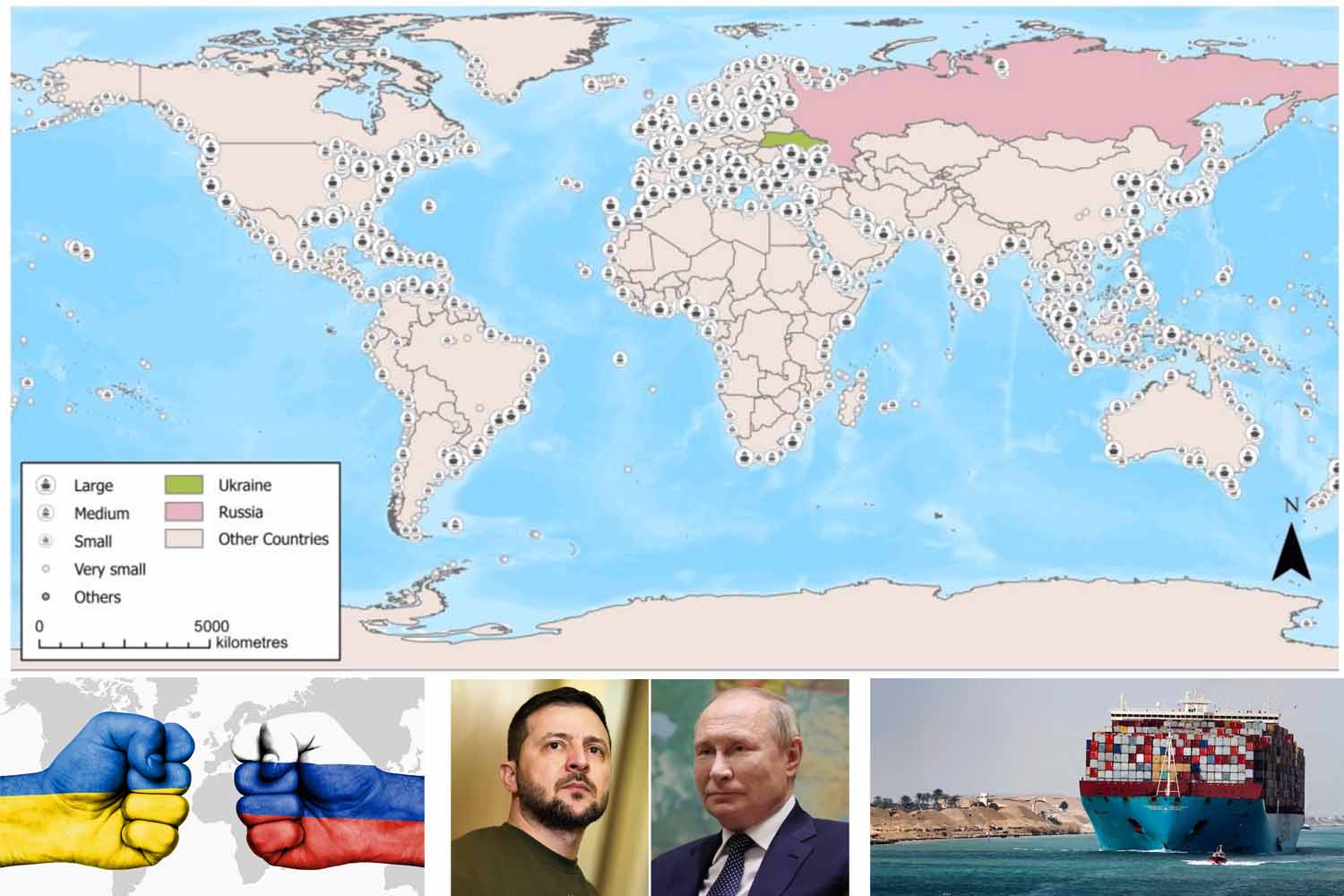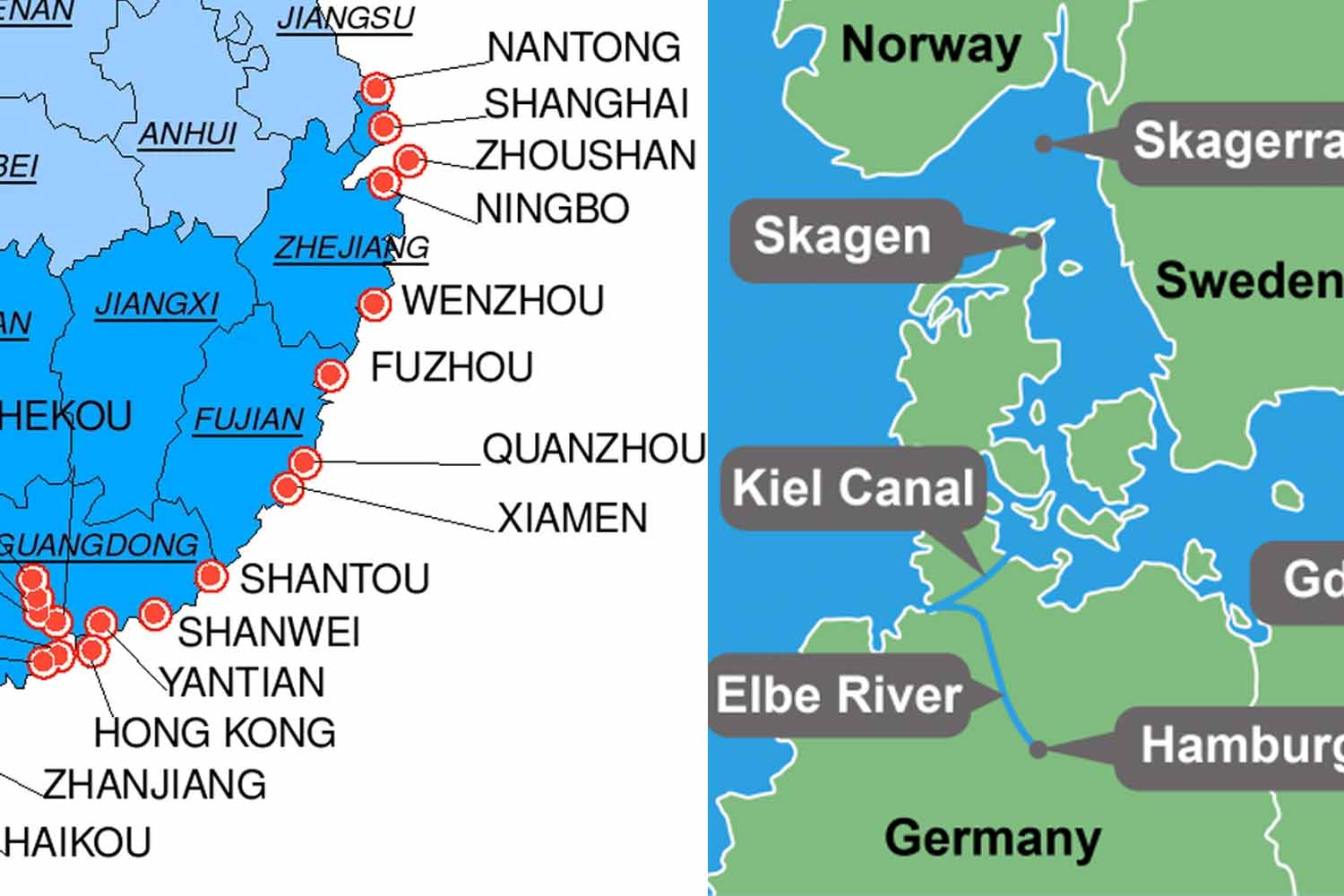Today we are going to list the full categories of ports
As a shipper or forwarder, do you know the full categories of ports? As a copywriter and editor in GWT Freight Forwarding, I always hope to provide more interesting information or knowledge to our clients and partners.
Ports play a crucial role in global logistics, and they can be classified into wide categories based on their use, geographical location, tidal influence, grade, and natural conditions. Understanding these categories helps in optimizing maritime operations and enhancing trade efficiency.
By Use
Commercial Ports
These are designed for the docking of merchant ships, handling passenger and cargo transportation. They offer facilities for loading, unloading, refueling, and ship repairs. Commercial ports can be further divided into comprehensive ports, like Shanghai and Rotterdam, which handle various cargoes and passenger services, and specialized ports focusing on specific types of goods.

Industrial Ports
Situated near large industrial areas, these ports facilitate the transport of raw materials and finished goods for nearby factories. Examples include the Ganjingzi Dalian Port and Baoshan Steel Port in Shanghai. They may operate within commercial ports but are dedicated to serving specific industrial enterprises.
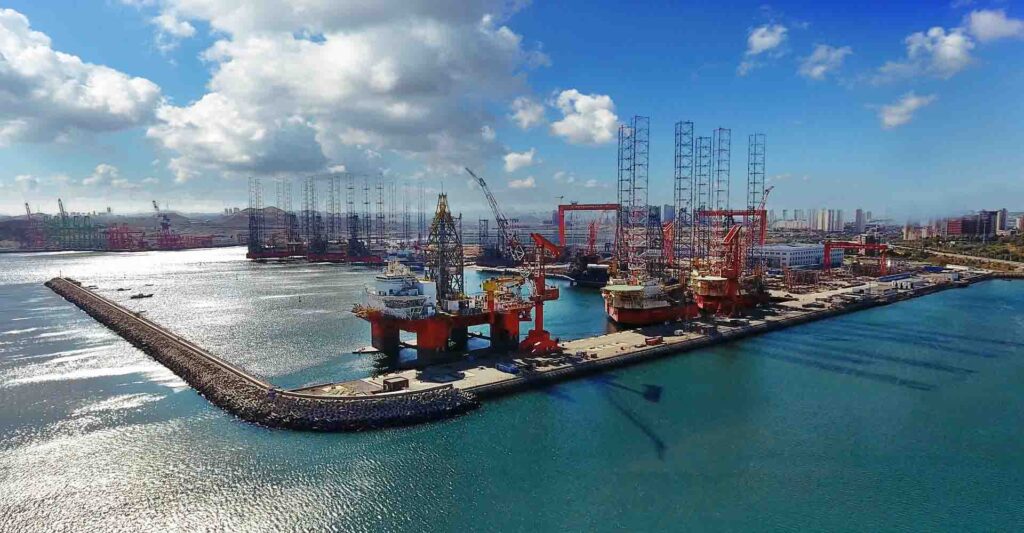
Fishing Ports
These ports are bases for fishing fleets, providing facilities for unloading and processing fish, as well as repairing fishing gear. Notable fishing ports include Zhoushan Dinghai and Dalian Fishing Port. They often have processing plants and cold storage to handle perishable fish products quickly.
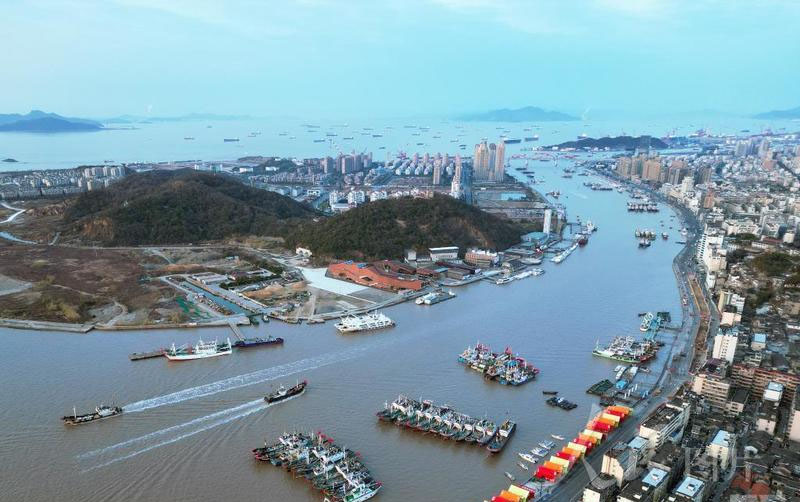
Naval Ports
Built for military purposes, these ports support naval ship docking, training, and repairs. Naval ports like Russia’s Vladivostok and the U.S. Pearl Harbor are strategically located for defense purposes.

Shelter Ports
These ports offer refuge for ships during storms and provide minimal supplies. They are crucial for small vessels with low wind resistance.

By Geographical Location. (Full categories of Ports)
Seaports
These ports serve ocean-going vessels and are protected by natural or artificial barriers against waves and tides. Examples include ports in bays or behind islands.
Estuary Ports
Located at river mouths, these ports serve both sea and river vessels. Famous estuary ports include Rotterdam at the Rhine and Shanghai at the Yangtze.
Inland River Ports
Found along rivers or canals, these ports primarily support domestic trade. Major inland ports on the Yangtze River include Nanjing and Wuhan.

Lake Ports
Situated on lake shores or river inlets, these ports offer calm waters and are bases for lake transport. Notable examples are Yueyang Port in China and Chicago Port on Lake Michigan.
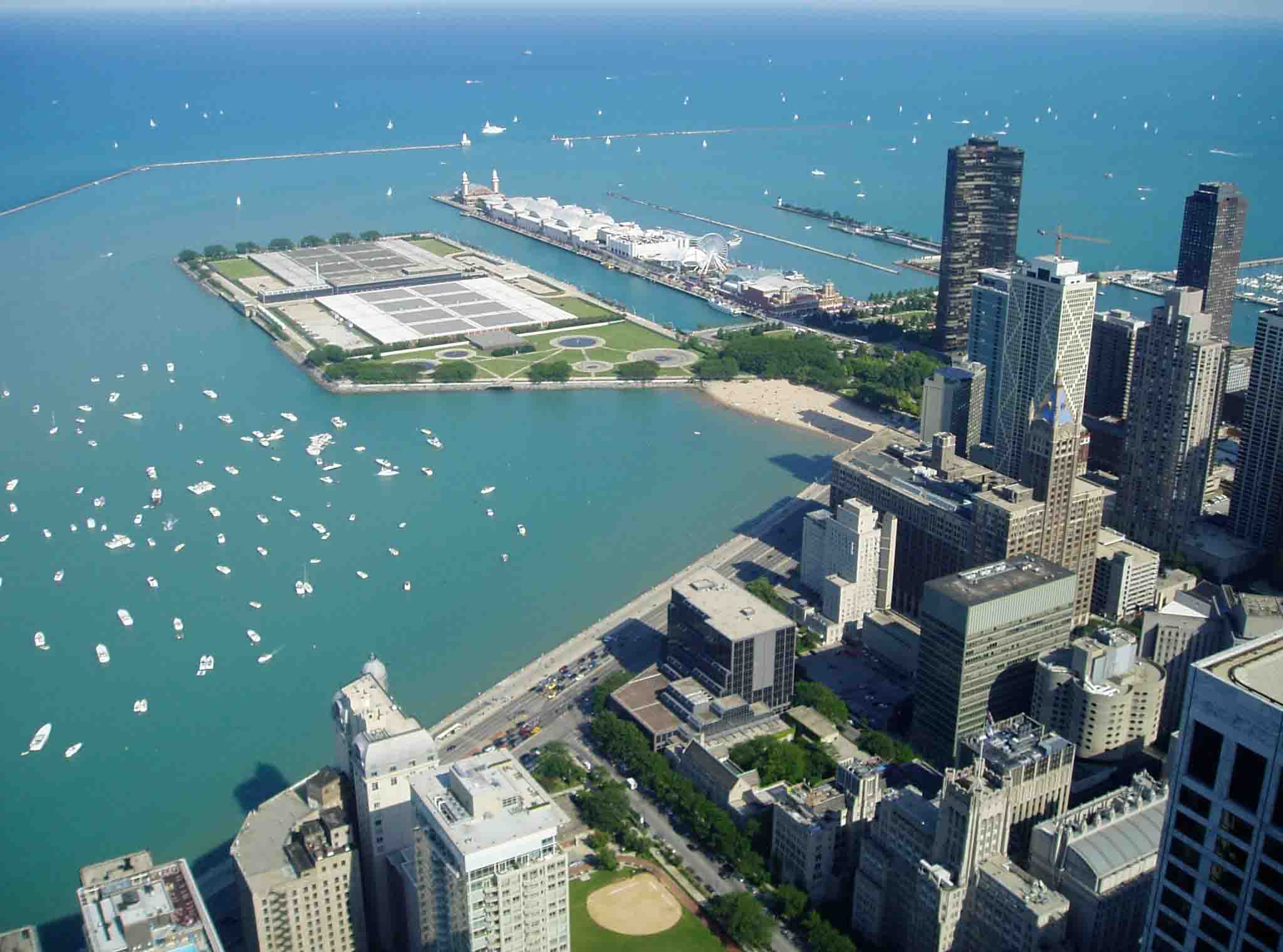
By Tidal Influence. (Now you can see there are full categories of ports. Let’s continue)
Open Ports
These ports lack locks, allowing water levels to fluctuate with tides. Most Chinese ports fall into this category.
Closed Ports
Equipped with locks, these ports maintain stable water levels. London and Amsterdam are examples.
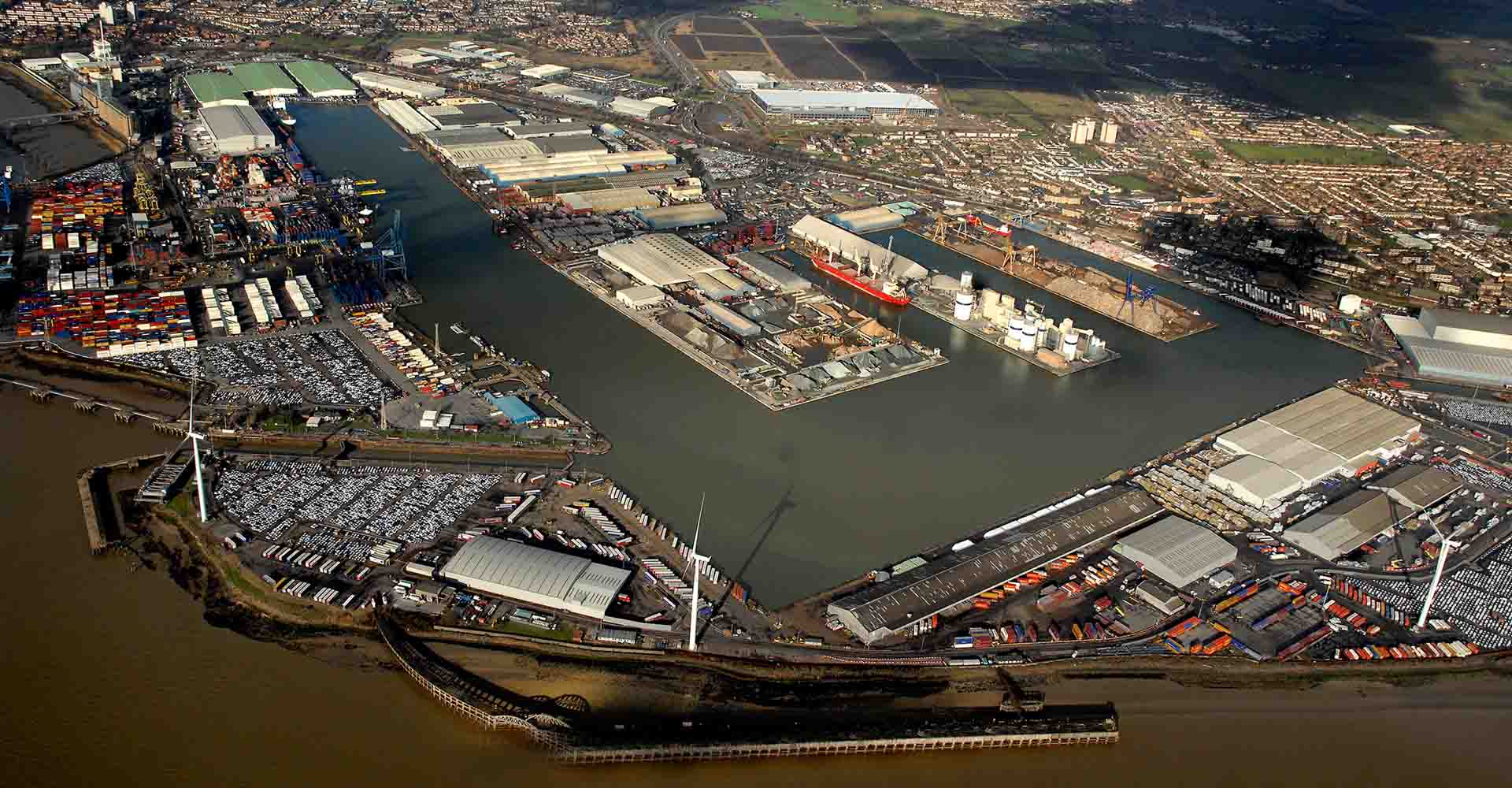
Mixed Ports
Featuring both open and closed basins, such as Antwerp in Belgium.
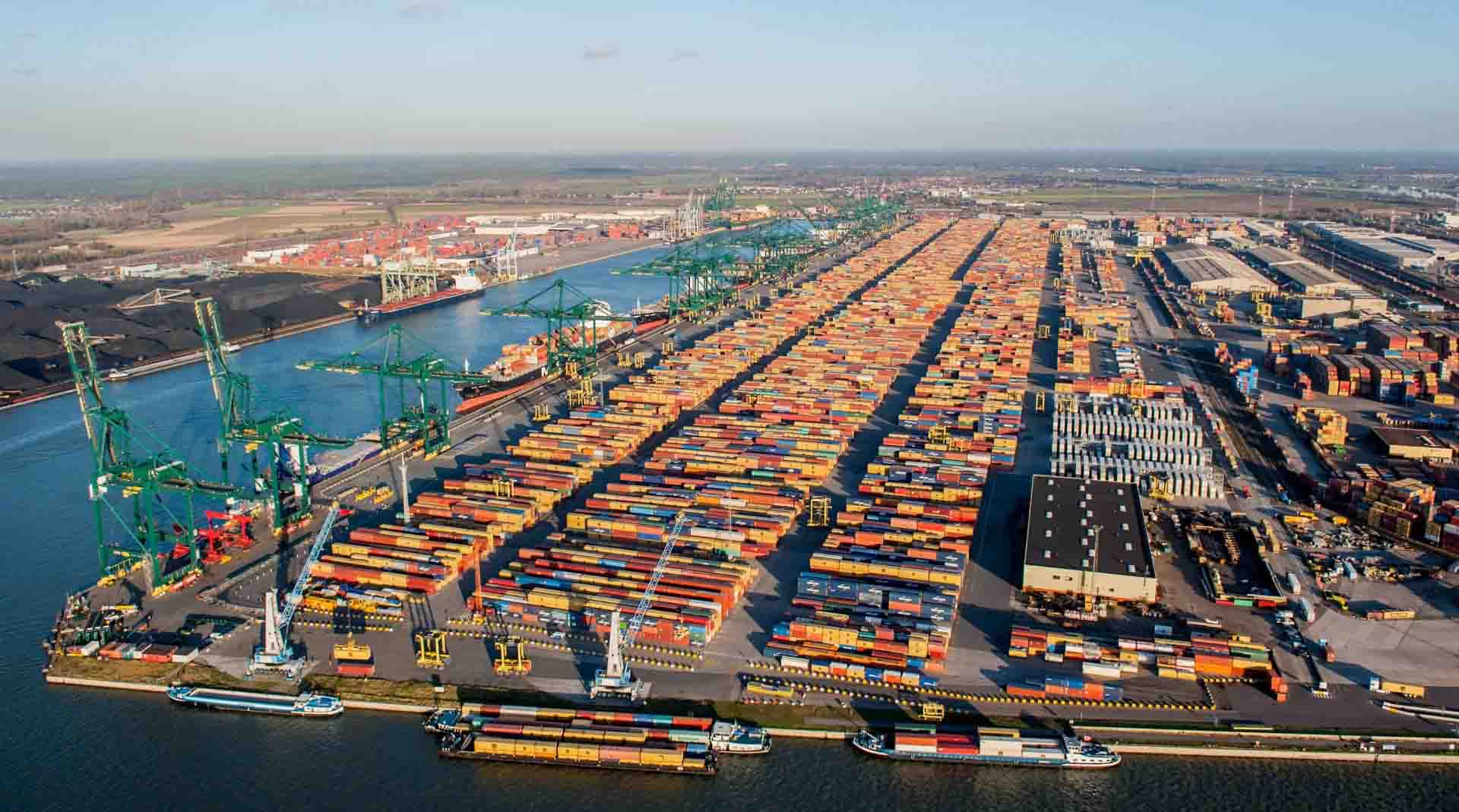
By Grade
Ports are graded based on various standards, including economic impact and cargo capacity. For instance, Japan classifies ports into special importance for international trade, national economic importance, local ports, and shelter ports. The UK uses throughput to determine port grades, while Norway considers vessel accommodation capabilities.
By Natural Conditions
Natural Ports
Naturally formed, these ports offer safe anchorage and sufficient water depth. Hong Kong and San Francisco are renowned natural ports.
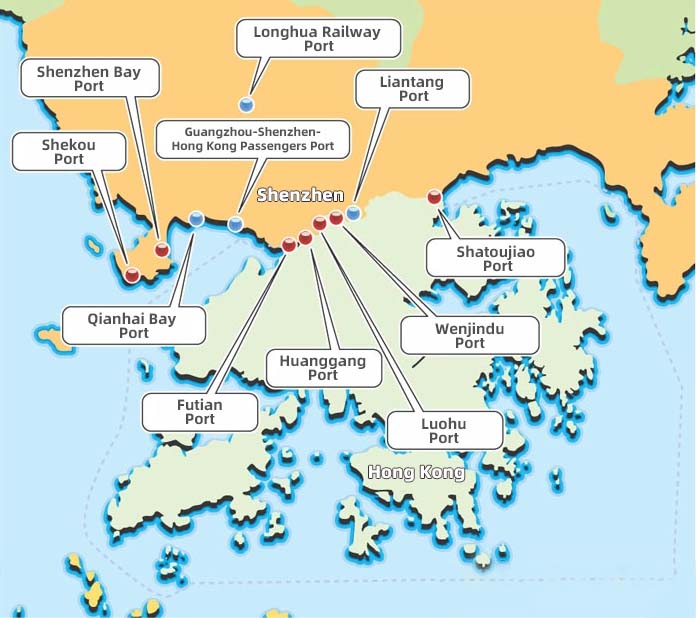
Artificial Ports
Constructed with breakwaters and dredged channels, examples include Le Havre in France and Tianjin New Port in China.
These wide categories of ports illustrate the diverse roles ports play in global logistics, each tailored to specific needs and conditions. Understanding these categories is essential for optimizing maritime trade and logistics operations.
Looking for an international marine forwarder from Shenzhen China? Learn the ocean freight forwarding service from Shenzhen Guanwutong International Freight Forwarding Co., Ltd (WCA membership ID: 138109)


